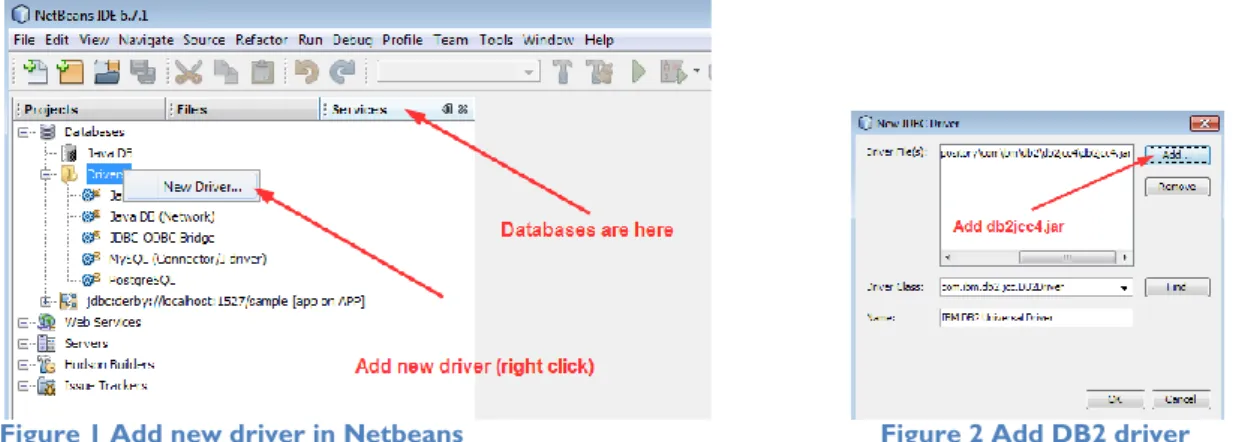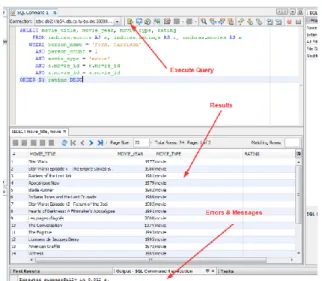Relational Databases 1
Exercise Sheet 11: Application Programming 1 (until Thursday 26.01.2012)
Please note that you need 50% of all exercise points to receive the “Studienleistung”. Exercises have to be turned in until Thursday of each respective week and must be completed in teams of two students each. You may hand in your solutions either on paper before the lecture or into the mailbox at the IFIS floor (Mühlenpfordtstraße 23, 2nd floor). Please do not forget your “Matrikel- nummer” and your tutorial group number on your solutions. Your solutions may be in German or English. Please note: To pass the “RDB 1 Modul” you need the exercise points and the exam!
Please hand in all SQL statements for your solutions on paper and via e-mail to your tutor.
General Information
This week, we will do some practical exercises in our DB2 database. For doing so, a full dump of the IMDB database is provided to you. You may access and query the database as described in the next section. The schema of the database is really a pretty bad one – don‟t be tempted to create such a schema yourself (we do not know how IMDB could ever end up with such a horrible schema; proba- bly they skipped their course on data modeling…). Furthermore, the schema does not contain any primary nor foreign keys. However, columns sharing the same name can safely be assumed to have the same semantics (e.g. actors can be associated with a movie via title_id).
Try to familiarize yourself as good as possible with the schema. IMDB uses Strings as IDs for the different tables. These Strings contain all information about a movie, like e.g. title or year. The differ- ent parts of the ID-String are already split up into single attributes in the tables. Please note, the IDs should only be used for table joins! For other tasks use the respective attributes!
Example:
title_id: Terminator 3: Rise of the Machines (2003) (VG) title_title: Terminator 3: Rise of the Machines title_year: 2003
title_type: video game
Setting up
First, you need to download the db2 driver from the IBM Website:
https://www-304.ibm.com/support/docview.wss?uid=swg24028317
The file you need is inside the downloaded archive (db2jcc4.jar).
For accessing the database, we still use the Netbeans IDE which needs to be configured as follows (if you prefer, feel free to use any other SQL client):
Register the downloaded driver with Netbeans as shown in Figure 1 and Figure 2.
Figure 1 Add new driver in Netbeans Figure 2 Add DB2 driver
Create a new database connection as shown in Figure 3 to Figure 5. Use the following JDBC connec- tion URL (don‟t forget the ; ):
jdbc:db2://dblab.ifis.cs.tu-bs.de:50000/dblab:retrieveMessagesFromServerOnGetMessage=true;
Figure 3 Create new connection Figure 4 Enter the properties Figure 5 Select IMDBRAW
Finally, select IMDB as default schema.
Everytime you start Netbeans, you have to connect to the database and execute the command SET SCHEMA IMDB (Figure 6 - Figure 8).
Figure 6 Connect Figure 7 Create new Com-
mand Figure 8 Execute set Schema
After that, you may start querying the DB and review results (Figure 9).
Figure 9 Execute Queries
Exercise 11.1 (14 points)
a)

